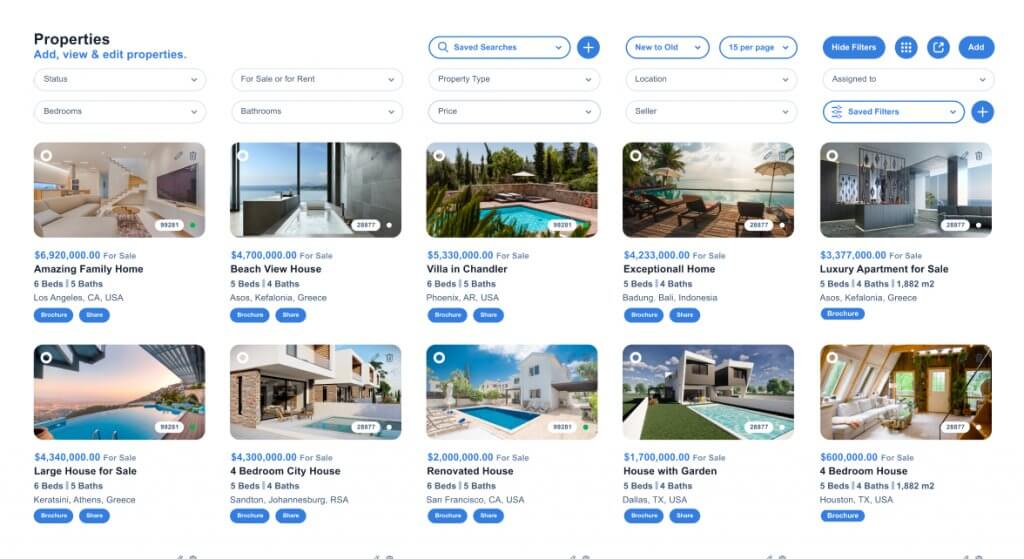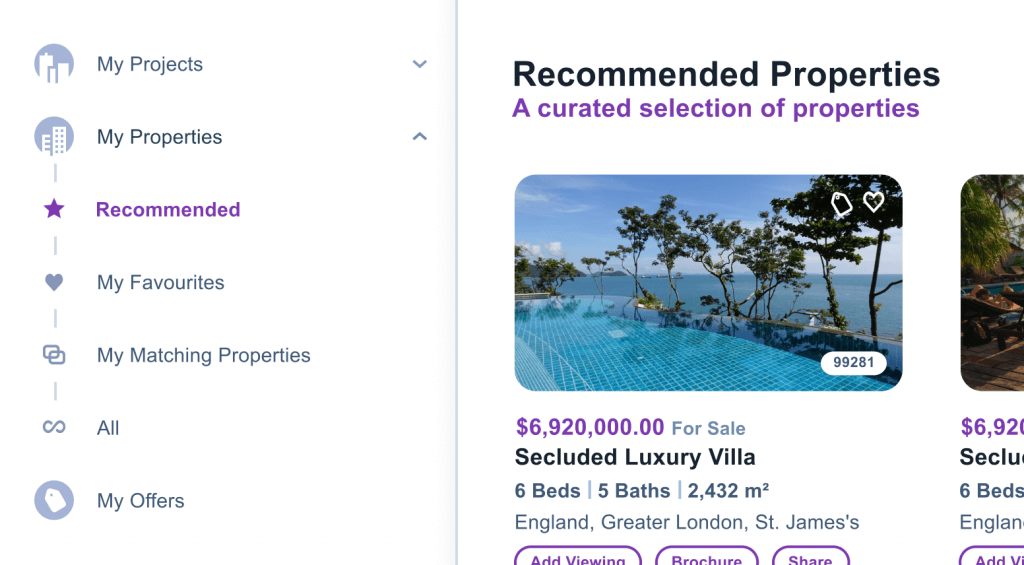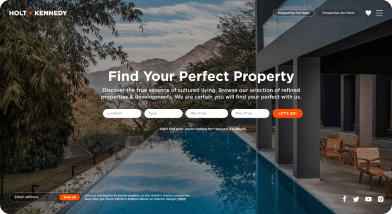Social media lead generation has become an integral component of marketing strategies today. Generating quality leads is a crucial next step after brand awareness and engagement but to be successful at it requires a strong social media presence.
In this blog, we’ll look at what it means to optimise your profile and the different types of clickable content you need to offer. We’ll also touch on using lead generating ads and the benefits of collecting and reviewing analytics insights.
Table of Contents
- Building your profile for social media lead generation
- Creating content that audiences want to consume
- Designing landing pages that are easy to use and relevant
- Launching social lead generating ads
- Collecting and reviewing analytics
- Conclusion
1. Building your profile for social media lead generation
Your social media profile plays an important role in your ability to collect quality leads. It serves as the foundation of your presence across channels by providing customers with crucial information about your business. So, what should your social media profile include?
- Contact details; The way in which someone can contact you must be easily accessible on your profile. It’s not enough however to say you’re contactable. You must ensure that you have the resources to respond timeously, be this by email, Messenger, phone, etc.
- Make use of different profile features; Different social media platforms offer different features. Facebook for instance offers effective call-to-action buttons to meet your specific goals. On Facebook, this could include a Newsletter Sign Up button for realtors looking to gain more subscribers, a Services button to promote your real estate service offering, etc. Instagram allows for a mix of photo and video assets to be used together in one carousal ad to which a Contact Us or Learn More button can be added. This gives real estate agents the opportunity to leverage high-quality property photographs to prompt prospective homebuyers to click the CTA for more information.
- Include a bio; Be sure to provide a link back to your company’s bio on Instagram, Twitter, LinkedIn, etc. Make the CTA compelling enough to be clickable, and clear enough so users will know what to expect to find.
2. Creating content that audiences want to consume
To be able to attract quality leads, you need powerful content. It must be compelling enough to grab the attention of your audience within seconds. And it needs to be engaging enough to get that audience to convert into prospects.
For social media lead generation in the real estate industry, beautiful photographs and videos of your property listings are a must. Be mindful that copy must be short with visible links and appealing call-to-actions. As we suggest in our recent blog on this topic, also include posts that offer useful and valuable information to homebuyers. This could be:
- real estate tips for someone buying or selling a home
- interior design tips
- renovation how-to’s
- DIY tips
- neighbourhood guides
- budget guides
Also be sure to personalize the content. According to this article by Hootsuite, “a study by Heinz Marketing and Uberflip found personalizing content helps with lead generation more than any other marketing goal. Another study found that most marketers are putting personalization first when it comes to improving the quality of leads.”
3. Designing landing pages that are easy to use and relevant
A great user experience is one fulfills the expectations you set. This means, a great social media post requires a landing page that is of the same standard. In other words, the moment someone clicks the CTA on your social media post, they need to arrive at a landing page that:
- must be relevant to your original messaging
- contains the information that the user is seeking so that they don’t click away
- is distraction free
- is user-friendly and resonates with the target audience it’s addressing
- provides a web form that is easy and quick for a prospect to complete without the need for unnecessary information
In fact, according to Medium, below are 10 practical techniques for optimizing web forms for easy use:
- Minimize form fields
- Reduce the need for typing
- Spread long forms across separate pages
- Avoid duplicate fields
- Skip the reset and clear buttons
- Match field size and type to the input
- Distinguish required from optional fields
- Avoid placeholder text
- Reduce effort with smart defaults
- Eliminate the captcha box
- Use visual questions
4. Launching social lead generating ads
Each social media channel recommends its own ad format to generate leads. Facebook offers a form through which leads are collected upon its completion. This form can be integrated with your CMS or downloaded directly from Facebook, for your sales team to pursue those leads accordingly.
Instagram operates much in the same way, provided you have a business account. As Hootsuite suggests here, “consider adding pre-filled sections to your forms, as they often improve completion rates. Instagram can pre-fill email address, full name, phone number, and gender using information from customer accounts.”
LinkedIn’s Lead Gen Forms offer another way for marketers to collect lead data, and as with Instagram, LinkedIn uses profile information to pre-fill sections.
But what are some of the stats surrounding these forms and what is the likelihood of someone completing one? This is what WPForms tells us:
- 29% of people cite security reasons as one of the main concerns when it comes to completing online forms, followed by form length (27%).
- More than 67% of site visitors will abandon your form forever if they encounter any complications; only 20% will follow up with the company in some way.
- 30% of people will return to complete a form if there’s something in it for them such as a free tool.
- Limiting the number of form fields to 3 can slash form abandonment rates.
- Forms with dropdown form fields have the highest form abandonment rates.
- Asking for a phone number reduces form conversion rates by as much as 5%, followed by street address (4%), a person’s age (3%), and city and state (2%).
- 37% of people will abandon a form asking for their phone number, unless the field is optional, which nearly doubles completions.
5. Collecting and reviewing analytics
In the process of generating leads, you need to be able to understand how your ad campaigns are performing. This requires collecting analytics insights.
Analytics help you identify social media trends and the expectations of your audience regarding content and messaging. It gives you an understanding of how your content is perceived in comparison to your competitors. It also qives you a way to quantify the kind of ROI you are bringing in with each marketing campaign or social media post. (Socialbakers)
Further, as Hootsuite suggests, “set up goals in Google Analytics to track leads on your website. This will allow you to monitor which social media platform is the best source for your business. If you notice, for example, that LinkedIn outperforms Facebook, it may be worth redoubling efforts on that platform.”
6. Conclusion
If you’re a marketer, it’s clear that generating leads through social media requires a unique strategy of its own. If implemented properly, it will help you find people interested in your service or product offering, and engage those with whom your message resonates.
Blog source: Hootsuite




